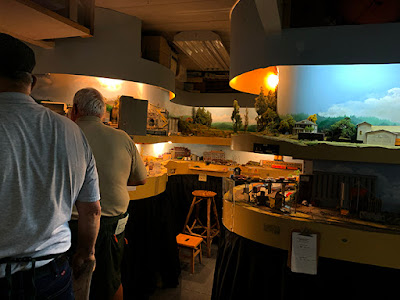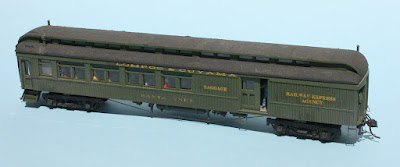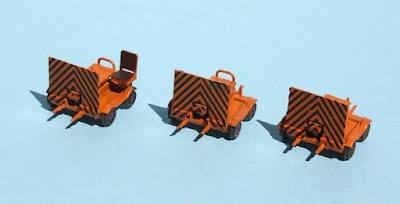I was gratified to receive a couple of complimentary email notes about the preceding post in the series, Part 121, which contained several descriptions of researching the background for industries which may serve as origins for inbound loads onto the layout, and for the destinations of outbound loads shipped from industries on the layout. You can read that post at: https://modelingthesp.blogspot.com/2025/07/waybills-part-121-industry-research-for.html . Accordingly, I thought I would offer a further set of such examples.
I have in my layout town of Shumala a business that ships dried beans and wool, both things that are commonly produced in this area of California. Further, I know that beans were shipped in burlap bags in the 1950s, so my industry should receive those bags as inbound loads. I know that such bags were produced extensively in the South, so consulted the Shipper Guide for the Louisville & Nashville Railroad which I’ve described previously: https://modelingthesp.blogspot.com/2020/03/publication-of-l-shipper-guide.html .
Shown below is the top part of page 299 in that Guide, the concluding part of the section on bag manufacturers. Under “Louisiana” is the Crescent Burlap Bag Co. of New Orleans, which I chose as the source of bags for my shipper of dried beans. (You can click on the image to enlarge it.)
The corresponding waybill for the inbound load of burlap bags is shown below.Outbound loads likewise can readily use known or discoverable business names; an example is the book publisher Howell-North books, located for years in a plant on 10th Street, Berkeley. (Their specialty was books on local and railroad history.) So my on-line printing company could be making color inserts for Howell-North, which was primarily a black & white printer. Here is a waybill example.
There was at one time a brick company in Santa Barbara, not too far from my layout’s setting, so I wanted to include a boxcar load of common brick. Since brick are not expensive, they are not usually shipped great distances, and at the time I model, 1953, railroad shipping was likely cheaper than trucking. Thus, this waybill.
Another Berkeley business I know about from on-line research is Pacific All-Fiber Drums, and occasionally a shipment from them to my on-line chemical repackaging business comes along, an obvious need for the repackager to package its products.
One can of course considerably multiply such examples, but these should suffice to indicate what can be accomplished with just a modicum of research particularly on today’s internet
Tony Thompson












































